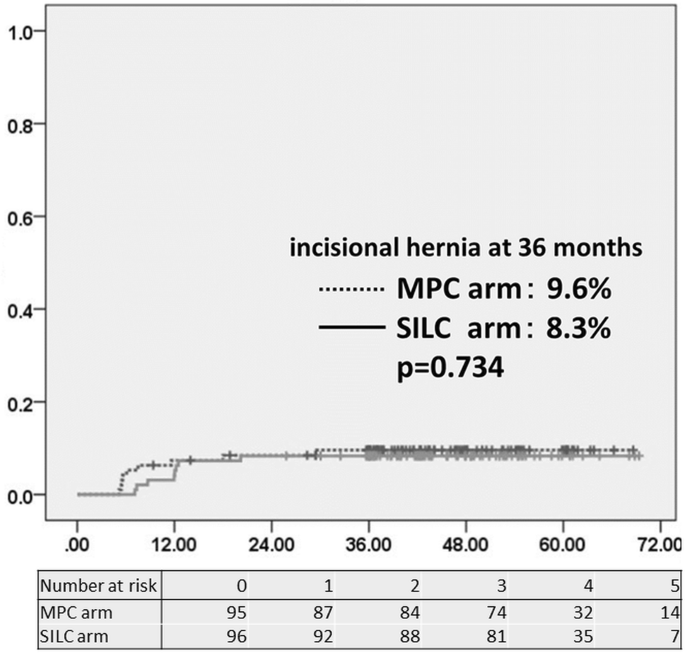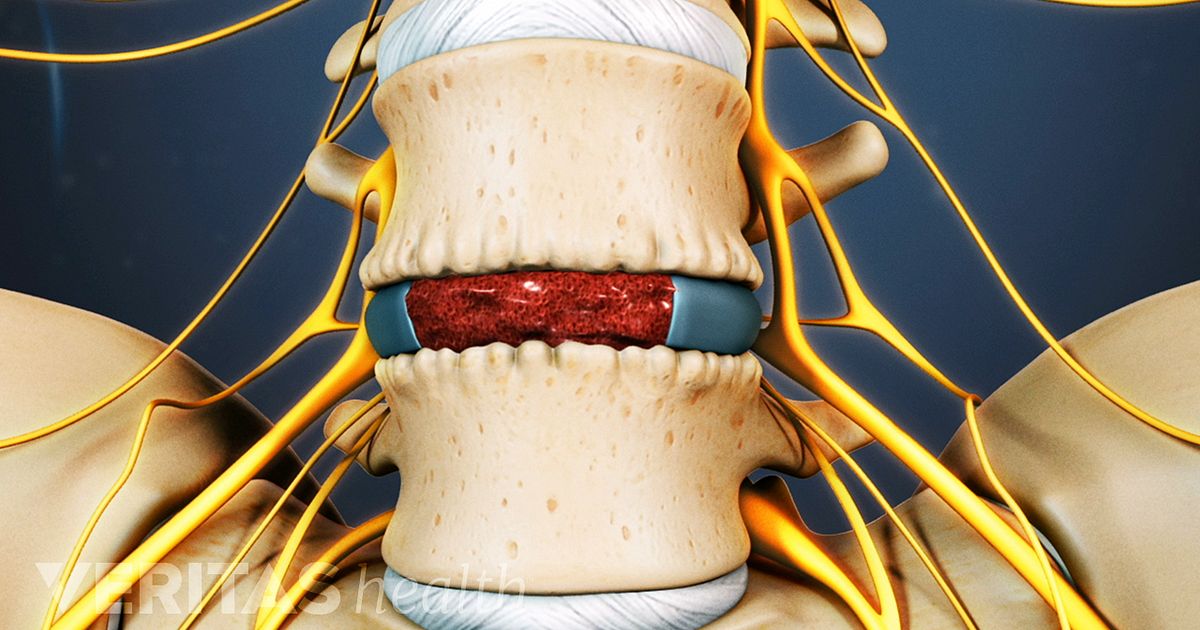

In cases where there is a high index of clinical suspicion based on the history and examination alone, it is recommended the patient be instigated on a trial of non-operative management immediately. HOW SHOULD PATIENTS PRESENTING WITH SPORTS HERNIA BE MANAGED?

At 12 months, 97% of the operative group were fully participating in sport, compared to 50% of the non-operative group. 8 Ninety per cent of patients in the operative group returned to sporting activity within 3 months, compared to just 27% of those in the non-operative group. 7Ī recent randomised controlled trial involving 60 patients with sports hernias compared non-operative management to laparoscopic TEP mesh repair.
#Hernia free clinical trials full
A systematic literature review from 2008 reported mean success rates (defined as return to full activity) as 92.8% for open techniques and 96% for laparoscopic techniques (no significant difference).

Patients can expect to return to full activity between 6 and 12 weeks.īoth open and laparoscopic operative techniques produce successful results in the majority of patients in terms of both symptomatic relief and return to full activity. Post-operative management includes analgesia and physiotherapy. Laparoscopic repair (the preferred approach) involves reinforcement of the posterior abdominal wall with mesh this may be either total extraperitoneal (TEP) mesh repair 8 or pre-peritoneal mesh repair. All techniques aim to reinforce the abdominal muscles or fascia near the inguinal ligament. Open surgical techniques are varied, but mainly consist of modifications of the classic Bassini, Shouldice, or Lichtenstein hernia repair techniques. Operative management primarily involves reinforcement of the posterior abdominal wall, which can either be performed open or laparoscopically: The diagnosis and appropriate treatment requires a high index of suspicion and a multiprofessional approach, consisting of GPs, surgeons, physiotherapists, and radiologists. However, early detection and instigation of the correct treatment is essential in the management of sports hernia. Many patients with sports hernias will have made several visits to their GP and physiotherapist with the pain that often gets branded as a ‘groin strain’. The diagnosis often goes unrecognised for several months or even years. It is often disabling and results in cessation of participation in sport. Typically occurring in young athletic males, sports hernias usually present with insidious onset exercise-related groin pain. Injury to a number of high profile athletes has raised the public awareness of this condition. Sports hernias were first described in the early 1980s, and are an increasingly recognised cause of chronic groin pain. Chronic groin pain in young athletic patients poses a difficult diagnostic and therapeutic challenge, especially with such a wide variety of potential causes.


 0 kommentar(er)
0 kommentar(er)
